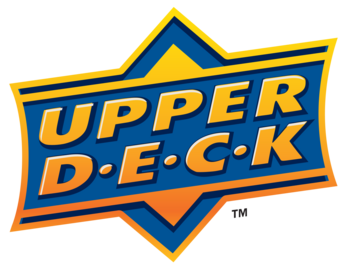Fleer Corporation
Brand
The Fleer Corporation, founded by Frank H. Fleer in 1885, was the first company to successfully manufacture bubblegum; it remained a family-owned enterprise until 1989.
Fleer originally developed a bubblegum formulation called Blibber-Blubber in 1906. However, while this gum was capable of being blown into bubbles, in other respects it was vastly inferior to regular chewing gum, and Blibber-Blubber was never marketed to the public. In 1928, Fleer employee Walter Diemer improved the Blibber-Blubber formulation to produce the first commercially successful bubblegum, Dubble Bubble. Its pink color set a tradition for nearly all bubble gums to follow.
Subject ID: 5113
MoreThe Fleer Corporation, founded by Frank H. Fleer in 1885, was the first company to successfully manufacture bubblegum; it remained a family-owned enterprise until 1989.
Fleer originally developed a bubblegum formulation called Blibber-Blubber in 1906. However, while this gum was capable of being blown into bubbles, in other respects it was vastly inferior to regular chewing gum, and Blibber-Blubber was never marketed to the public. In 1928, Fleer employee Walter Diemer improved the Blibber-Blubber formulation to produce the first commercially successful bubblegum, Dubble Bubble. Its pink color set a tradition for nearly all bubble gums to follow.
Fleer became known as a maker of sports cards, and has also produced some non-sports trading cards. In 1995, Fleer acquired the trading card company SkyBox International and, over Thanksgiving vacation shuttered its Philadelphia plant (where Dubble Bubble was made for 67 years). In 1998, 70-year-old Dubble Bubble was acquired by Canadian company Concord Confections; Concord, in turn, was acquired by Chicago-based Tootsie Roll Industries in 2004.
In late May 2005, news circulated that Fleer was suspending its trading card operations immediately. By early July, in a move similar to declaring bankruptcy, the company began to liquidate its assets to repay creditors. The move included the auction of the Fleer trade name, as well as other holdings. Competitor Upper Deck won the Fleer name, as well as their die cast toy business, at a price of $6.1 million. Just one year earlier, Upper Deck tendered an offer of $25 million, which was rejected by Fleer based on the hope that the sports card market would turn in a direction more favorable to their licenses and target collector demographic. One negative aspect associated with Fleer's Assignment for the Benefit of Creditors is that many sports card collectors now own redemption cards for autographs and memorabilia that may not be able to be redeemed; those fears were somewhat quenched in early 2006 when random memorabilia cards were mailed to the aforementioned collectors.
Subject ID: 5113
Subject ID: 5113

